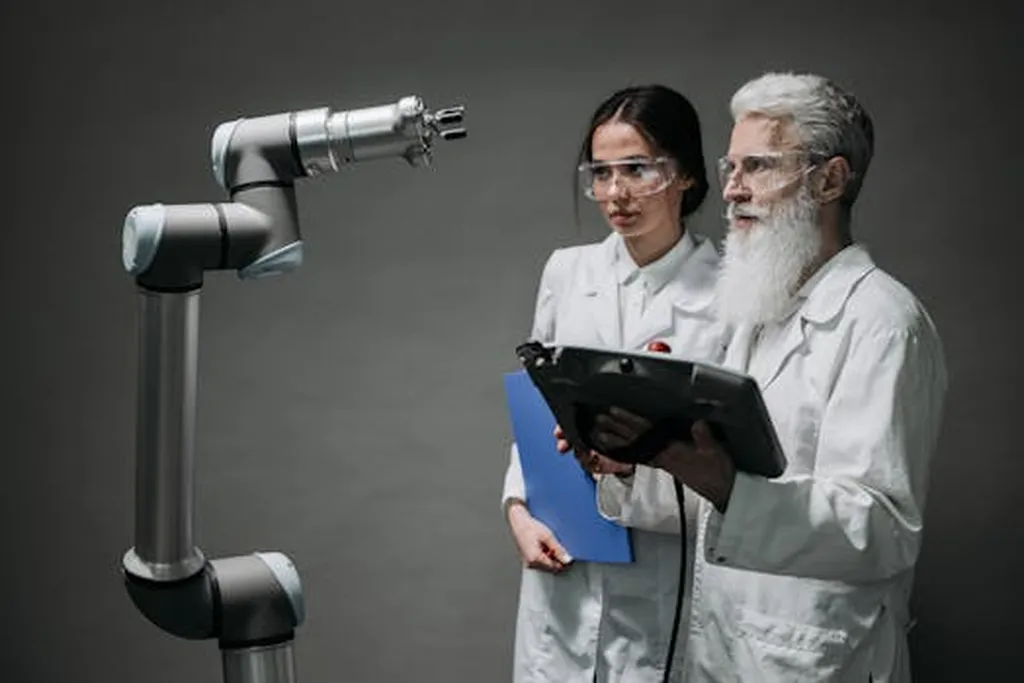In the heart of Sri Lanka, a groundbreaking study is set to revolutionize the way we approach crop breeding, particularly in the labor-intensive process of emasculation. Researchers have developed an innovative framework that combines optical coherence tomography (OCT) with deep learning to automate the identification of okra flower buds, promising to enhance precision and efficiency in agriculture.
The study, led by Dasun Tharaka from the Department of Information Technology at the Sri Lanka Institute of Information Technology, introduces a vision-based autonomous system that overcomes the challenges of traditional manual emasculation methods. These methods are notoriously labor-intensive and prone to human error, which can significantly impact crop breeding outcomes.
The research, published in the journal ‘Photonics’, evaluated three variants of the YOLOv8 deep learning model to determine the most efficient one for bud identification. The models were assessed based on their accuracy, detection speed, and frame rate. To bolster the findings, the team hybridized the YOLO model with OCT, enabling non-invasive sub-surface verification and precise quantification of the emasculated depth of both sepal and petal layers of the flower bud.
“This hybrid approach allows us to see beneath the surface of the flower bud, providing a level of detail and precision that was previously unattainable,” Tharaka explained. “It’s a game-changer for the agriculture sector, offering a scalable solution that can significantly improve the efficiency and accuracy of crop breeding practices.”
The study also employed gold standard color histograms and a digital imaging-based method under optimal lighting conditions with confidence scoring to establish a solid benchmark. The results demonstrated that the proposed method significantly outperformed these conventional frameworks, providing superior accuracy and layer differentiation during emasculation.
The implications of this research are vast. For the agriculture sector, the ability to automate and enhance the emasculation process could lead to increased crop yields and improved crop quality. This, in turn, could have significant economic benefits, particularly for small-scale farmers who often rely on manual labor for crop breeding.
Moreover, the framework developed by Tharaka and his team sets the stage for implementing scalable, AI-driven strategies that can modernize and optimize traditional crop breeding workflows. As the world grapples with the challenges of climate change and food security, such innovations are more critical than ever.
“This research is not just about improving the emasculation process; it’s about paving the way for a new era of precision agriculture,” Tharaka said. “By harnessing the power of AI and advanced imaging technologies, we can create more sustainable and efficient farming practices that can feed the world’s growing population.”
The study’s findings offer a glimpse into the future of agriculture, where technology and innovation play a central role in shaping the way we grow and harvest our crops. As the research continues to evolve, it is likely to inspire further developments in the field, driving the agriculture sector towards a more automated and data-driven future.

